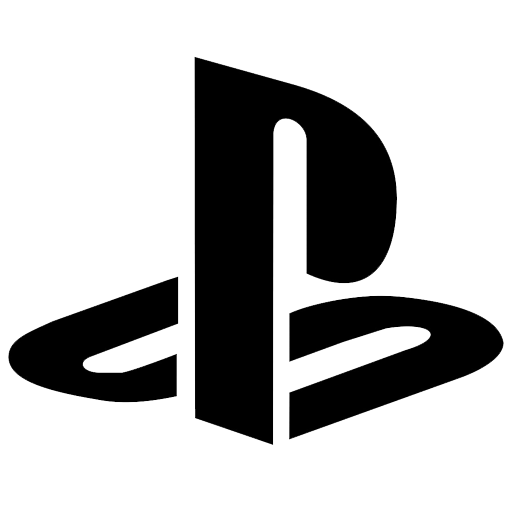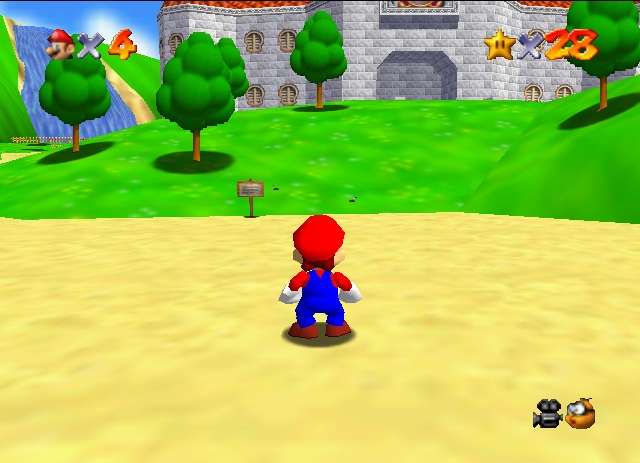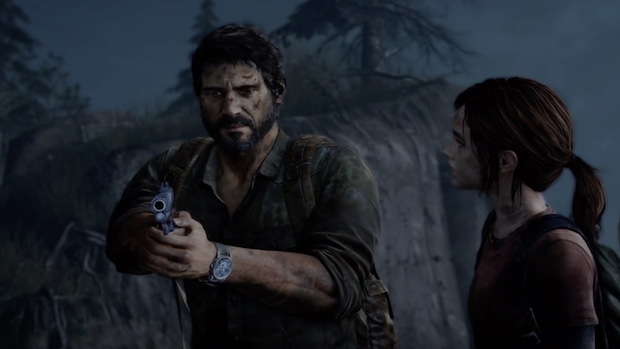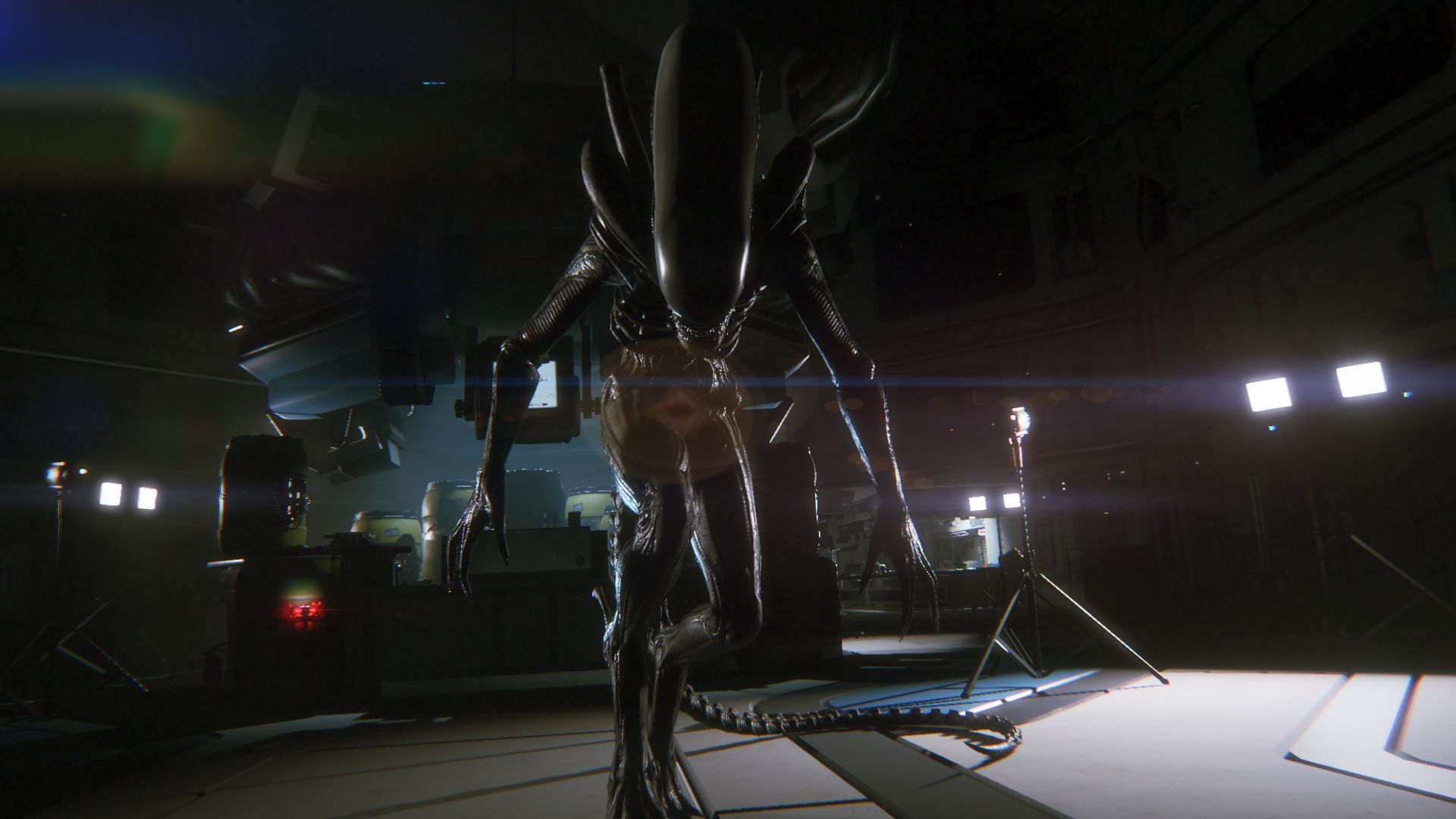
At over 12.15 TFLOPs and over 10.28 TFLOPs respectively, the Xbox Series X and PlayStation 5 deliver an unprecedented level of raw console performance. They’re a true generational leap over the Xbox One and the PlayStation 4. However, the very fact that they’re ninth-generation consoles is telling: this is the fourth straight console generation built from the ground up for 3D video game environments. As we speculate about the possibilities–what kind of environments will we see in ninth-gen games, what kind of rendering techniques they use–it’s a good idea to look back at previous generations. What kind of performance uplift did we see between each of the earlier 3D rendering console generations? How were expectations set, and were they met or exceeded?
Fifth to sixth gen: the first 3D transition
Till date, the single greatest generational leap in fidelity and capability was between the fifth generation consoles and the sixth generation. Barring the commercial failures that were the Atari Jaguar and 3DO, the Sega Saturn, PlayStation 1, and Nintendo 64 were the first consoles built around the idea of 3D graphics, barring earlier experiments like Nintendo’s Super FX add-on chip and the failed Atari Jaguar and 3DO consoles. The Saturn was the first of the three to market, back in 1994, the weakest in terms of capabilities, and the first to be discontinued. Sony’s PlayStation 1 arrived the year after, and the Nintendo 64 finally turned up in 1996. These were the first consoles to support fully 3D game environments with shaded and textured polygons. Earlier efforts compromised on the “3D” aspect somewhere or the other: Star Fox on the SNES, for instance, used flat shading: each polygon onscreen was shaded with just a single color. Doom and titles like Alien Versus Predator on the Atari Jaguar, on the other hand, featured textured environments and lit environments, but relied on 2D sprites for character models.
The PlayStation 1, Nintendo 64, and Sega Saturn delivered fully realized 3D worlds, with 3D environmental and character assets. They pioneered entirely new genres like the 3D platformer, Super Mario 64 and Crash Bandicoot being early examples. And yet, relative to modern hardware, these were still incredibly primitive consoles. The N64-the most powerful 5th generation console, could deliver just 100 MFLOPs of compute performance-Xbox Series X is, believe it or not, over 100,000 times faster. While 5th generation game worlds were full 3D, the consoles simply lacked the power to deliver animation, models, or environments that even remotely approximated real life. High quality 2D visuals in SNES games like Radical Dreamers were just truer to life, even if they were bound to a flat plane. The real leap in fidelity was only to come.
The Dreamcast, PlayStation 2, and Xbox: recognizably modern
While the sixth gen consoles are weak in comparison to modern hardware-the Xbox Series X can crunch numbers about 500 times faster than the original 20 GFLOP Xbox-sixth gen internals were fast enough to deliver the first, recognizably modern games. Most modern gameplay tropes and genres evolved during the sixth generation. Released at the end of 1999, Shenmue on the 1.4 GFLOP Dreamcast was the first recognizably modern 3D open world title. Everything from the Grand Theft Auto series to Ubisoft’s ubiquitous open worlds to No Man’s Sky owes a debt to Yu Suzuki’s masterpiece. Character models and animation were detailed enough that players could actually relate to the emotions showcased in real-time cutscenes. The world itself was unprecedentedly massive: an almost to-scale rendering of suburban Japan.
Other titles of this generation, from Metal Gear Solid 3 on PS2 to Halo on the Xbox are, again templates for generations of newer games. Visually, games of this era don’t always hold up that well. However, for better or for worse, the core gameplay loops we’re used to today-things like fetch quests in RPGs, turret missions in FPSes, and more all started right here. And thanks to the proliferation of mobile ports of a number of sixth-gen classics, many of these games remain visible to this day. The 6.2 GFLOP PS2, the weakest of the sixth-gen consoles (barring the Dreamcast), interestingly had the greatest staying power, with new units being sold into the 2010s. Studios like Kojima Products leveraged close ties with Sony to squeeze the most out of the console: Metal Gear Solid 3 delivered some of the most stunning dynamic lighting seen in a video game till date.
Rockstar, in particular, has diligently ported over nearly all their high-profile sixth-generation titles, barring the controversial Manhunt series. Max Payne, Grand Theft Auto, and Bully feel just as good to play on an iPhone 11 Pro Max as they did on the PlayStation 2 a decade or more earlier. At a technical level, we saw the first use here of ragdoll physics, as well as real time shadowing, dynamic lighting, normal mapping, and many other technical hallmarks of modern titles.
Nintendo’s 9.4 GFLOP GameCube was the console maker’s last attempt at class-leading performance. The GameCube’s Flipper GPU enabled developers to deliver classics like Resident Evil 4. That particular game’s sub-par PS2 port, with muddy textures, a low resolution, and missing effects shows just how much more was possible on Nintendo’s hardware.
The original Xbox delivered 20 GFLOPs of compute, making it over 3 times faster than the PS2, was the last entrant in the sixth-gen race. However, the high-performance, PC-derived CPU and GPU combo enabled Microsoft’s console to punch above its weight. Between 2004-2006, a number of transitional titles like Doom 3 and Half Life 2, that eventually made their way over to the seventh-gen consoles, debuted on the original Xbox, albeit at 480p resolution.
The PlayStation 3 and Xbox 360: Moore’s law begins to collapse
There is a reason why the Xbox Series X delivers only a 10x performance uplift over the Xbox 360 and not the insane jumps seen in earlier generations: the exponential rate at which transistor density’s increased-termed Moore’s Law has slowed down and-at present-completely collapsed. While the leap to the seventh-gen consoles was still transformative, everything after has been an evolution, not revolution. Both the Xbox 360 and PlayStation 3 delivered a comparable level of performance—240 GFLOPs in the Xbox 360’s case and 230.4 GFLOPs for the PS3. However, they achieved this in different ways. The PlayStation 3’s RSX GPU was relatively weak. Instead, developers offloaded graphics work to the SPUs on its Cell processor. Making full use of Cell was critical to PS3 success-this is something that Naughty Dog managed with The Last of Us. The Xbox 360 had a more conventional setup with a triple core PowerPC CPU and a Xenos GPU based on an ATi design.
In terms of gameplay, there were a few things that the leap to the seventh-gen enabled that weren’t possible. The increased CPU power allowed for large scale NPC simulations, enabling games in the Assassin’s Creed and Dead Rising franchises to have hundreds of characters onscreen at one time. From a technical perspective, features like ragdoll physics and real-time lighting, which were “halo” features in a handful of sixth gen titles (including, well, the Halo franchise), became standard. Overall, the move to consoles with circa 200 GFLOPs of floating-point power resulted in a refinement of the gameplay approaches developers took in the previous gen. The increase to storage size also allowed developers to experiment with detailed, large-scale worlds. Just Cause 2, for instance, features a map that’s several hundred square kilometers in size. The advances to graphical tech also enabled developers to increase their focus on in-game narrative experiences: higher polygon models, high-res skin textures and enhanced animation allowed developers to push through the uncanny valley, at least part-way. As a matter of fact, some franchises like Telltale’s The Walking Dead and Naughty Dog’s The Last of Us relied on these advances to push story-centric experiences, spiritual successors of sorts to the FMV games of the early 90s. Overall, though, you do get the distinct feeling that progress is slowing down.
The Nintendo Wii and Wii U were Nintendo’s two entrants in this timeframe. The Wii is chronologically an eighth-gen console and the Wii U is technically the first eighth-gen console. However, in terms of capabilities, they were both an entire generation behind the competition. The Nintendo Wii’s Hollywood GPU is essentially the Gamecube’s Flipper, but clocked higher. The Wii’s “Broadway” CPU, likewise is an upclocked variant of the one utilised by the GameCube. Consequently, the Wii offers 12 GFLOPs of compute, around 5 percent of what the “real” seventh gen consoles deliver. Nevertheless, this meant that the Wii had more resources on offer than the GameCube. Certain titles like The Conduit and Red Steel pushed the Wii hardware to the limits and delivered visuals which weren’t too far off from early seventh-gen titles, albeit running at 480p.
The Wii U arrived at the very end of the seventh-gen, in 2012, exactly a year before the PS4. At this point, the Xbox 360 was seven years old. The Wii U delivered 352 GFLOPs of compute, which makes it nominally faster than both the PS3 and Xbox 360. It also features 2 GB of RAM, with 1 GB allocated to games, 4 times as much as the PS3 as twice as much as the Xbox 360’s unified memory pool. While its GPU capabilities were notably better, the Wii U’s CPU was actually substantially slower than the seventh gen consoles. This meant that, in many cases, Wii U multiplat games ran at a higher resolution (as high as 720p), while often performing worse than the PS3 and Xbox 360 due to CPU bottlenecking.
The eighth and ninth generations: progress, finally?
The early eighth generation was when video game innovation hit its nadir. Both Sony and Microsoft cheaped out on their eighth-gen hardware, delivering consoles that made the smallest leaps so far in terms of technical capabilities. It’s telling that a number of early eighth-gen classics, like Alien Isolation and Grand Theft Auto 5 for instance, ran fine on seventh-gen consoles, albeit with compromised visuals.
From a technical perspective, the issue was twofold: on the one hand, the increase in base resolution to 1080p meant that the 5x increase in GPU capabilities didn’t count for as much. On the other hand, CPU capabilities were incredibly limited on the eighth-gen consoles. The PS3’s Cell CPU was actually faster in certain workloads than the PS4’s Jaguar-based CPU setup. These issues were exacerbated on the original Xbox One. That console’s 1.310 TFLOP GPU just wasn’t power enough to consistently output 1080p visuals at a playable frame rate. “Resolutiongate” raged between 2013 and 2014, as a number of AAA developers opted for a 900p framebuffer on the Xbox One, while PS4 owners got a crisp, native 1080p. The PS4’s faster 1.843 TFLOP GPU simply had more headroom. The newer Xbox One S features a slightly enhanced GPU delivering 1.4 TFLOPs of compute. The extra 100 GFLOPs does make a difference: in games with a dynamic frame buffer, the Xbox One S often runs closer to a native 1080p than the original Xbox One.
The poor CPU performance on both consoles, though, meant that attempts at next-gen gameplay often failed miserably: Assassin’s Creed Unity is a case in point here. This resulted in year after year of stagnation: eighth gen titles looked better than seventh gen titles and ran at higher resolutions and enhanced frame rates. However, far too many franchises reheated the exact same gameplay tropes and approaches we’ve been seeing now for years.
At this low point for console innovation, Nintendo switched things up (pardon the pun) with the Switch. By 2017, mobile hardware had gotten to the point that the fastest mobile chips like Nvidia’s Tegra X1 and Apple’s A11 delivered CPU and GPU performance exceeding the seventh gen consoles, at sub 5W consumption. Nintendo leveraged a semi-custom version of the Tegra X1 in the Switch, delivering 1 TFLOP of compute when docked, which isn’t too far behind the Xbox One. However, the Switch’s relatively week A57 CPU votes hold it back somewhat. Overall, though, the Switch manages to deliver passable version of AAA eighth-gen titles and enhanced ports of 7th gens, all available on the go.
The mid-cycle refresh consoles—the Xbox One X and PS4 Pro-did little to change this: they simply enabled existing titles to look acceptable on 4K displays. The 6 TFLOP Xbox One X did a better job—many multiplat titles run at either a native 4K, a dynamic resolution that’s in the neighbourhood, or 1800p, which delivers almost all the sharpness. The PS4 Pro, though, made do with a 4.2 TFLOP GPU: graphics capabilities were doubled relative to the PS4. However, the target resolution-4K-was four times as great. In practice, this meant that the majority of PS4 Pro titles either delivered a 1440p framebuffer or used frame reconstruction techniques to deliver an approximation of “4K.”
The ninth-gen consoles deliver roughly twice the GPU power and over 4 times the processing power of the refresh consoles, thanks to Moore’s law. However, progress does add up, even if its gradual. The Xbox Series X, with its 12.15 TFLOP GPU delivers fifty times the raw performance of the Xbox 360, 32 times the memory, and storage that’s two orders of magnitude faster. The 10.28 TFLOP PS5 isn’t that far behind. This is at least as big a leap as the one the 360 and PS3 delivered over the sixth-gen consoles. We’ve seen almost exactly the same gameplay paradigms for over 15 years. The enhanced technical capabilities of the ninth-gen consoles might finally enable something that approaches a true generational leap. We look forward to seeing what that entails.





















Share Your Thoughts Below (Always follow our comments policy!)